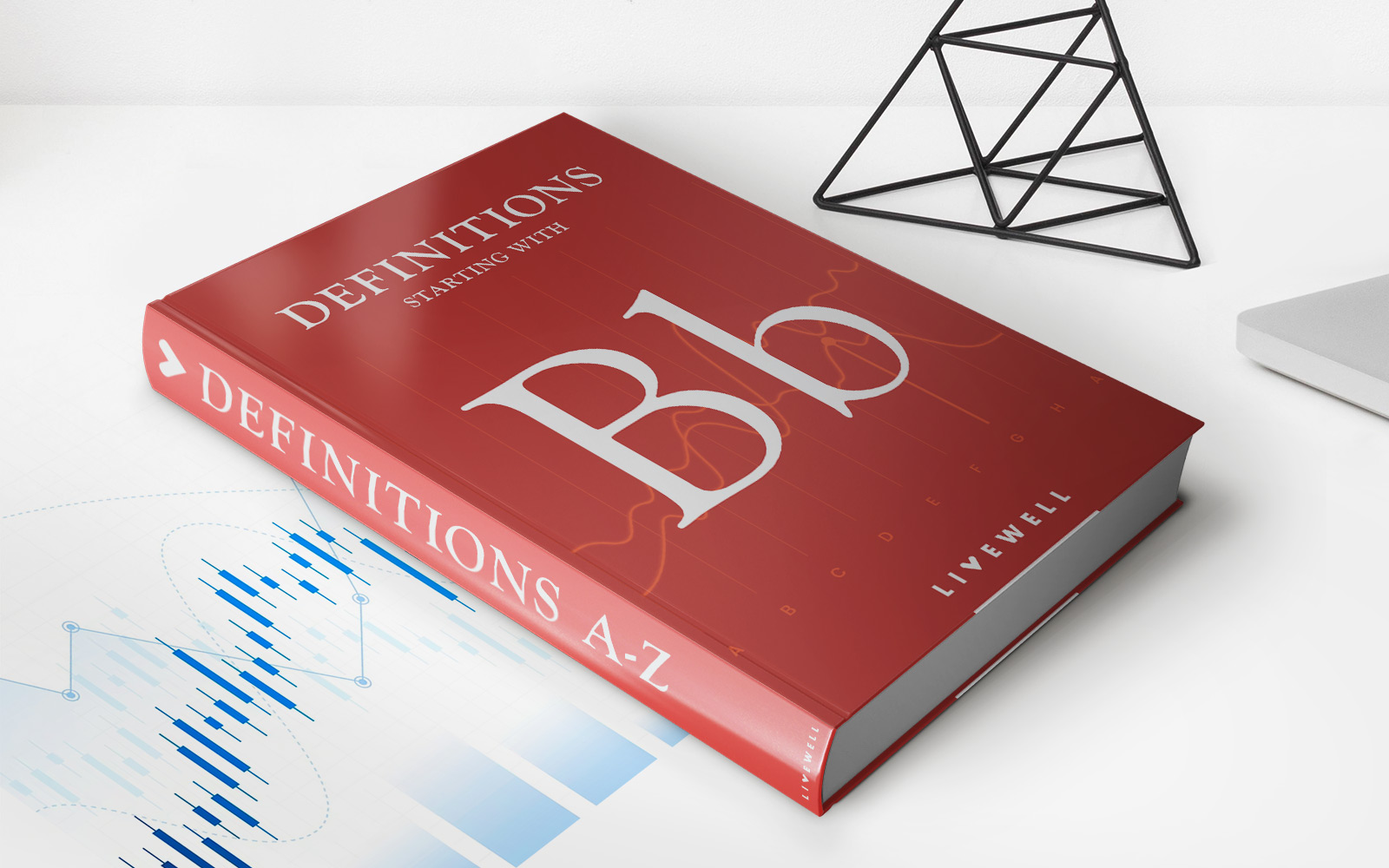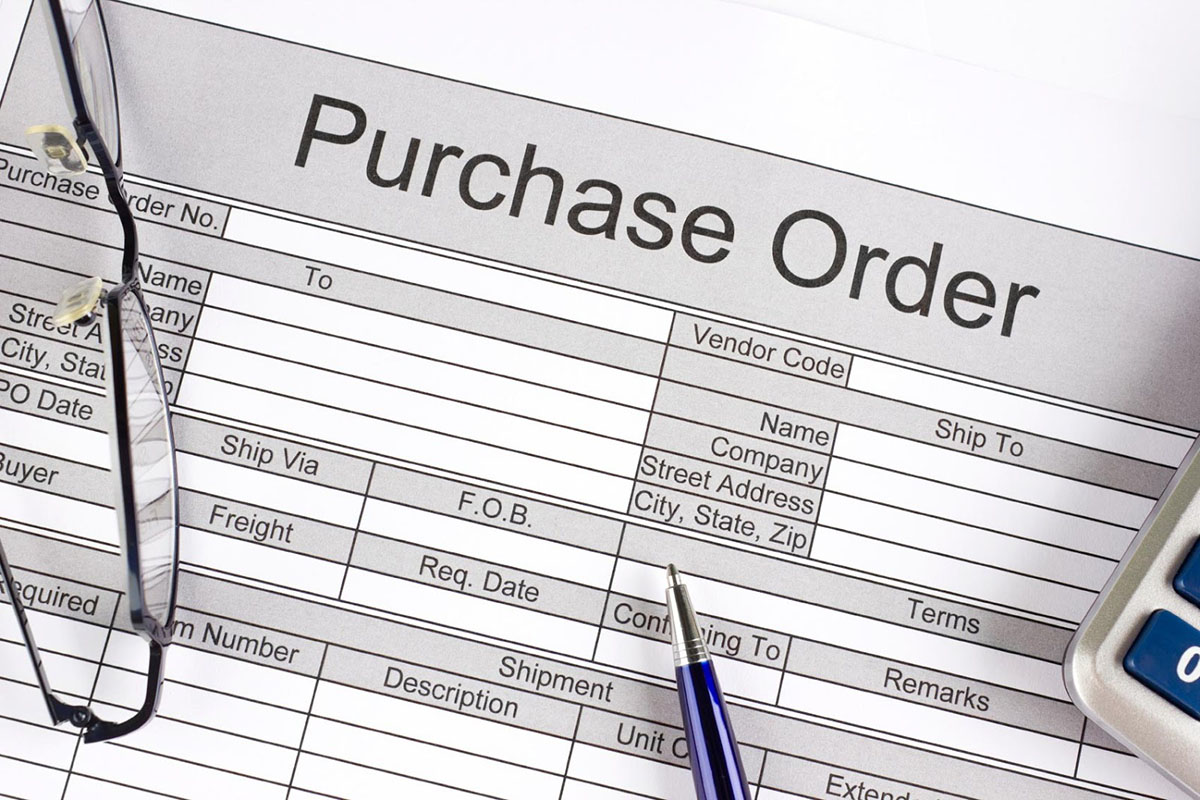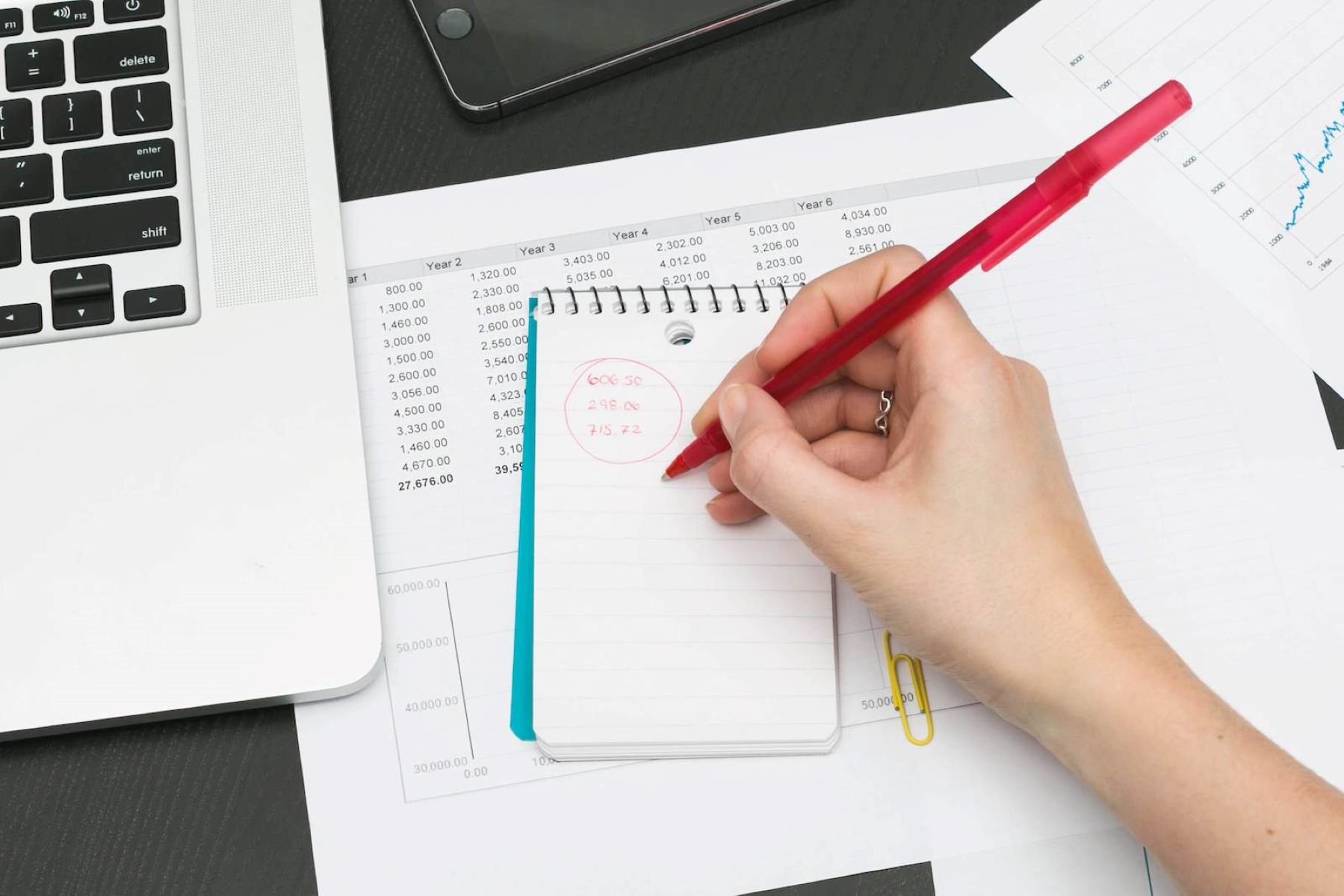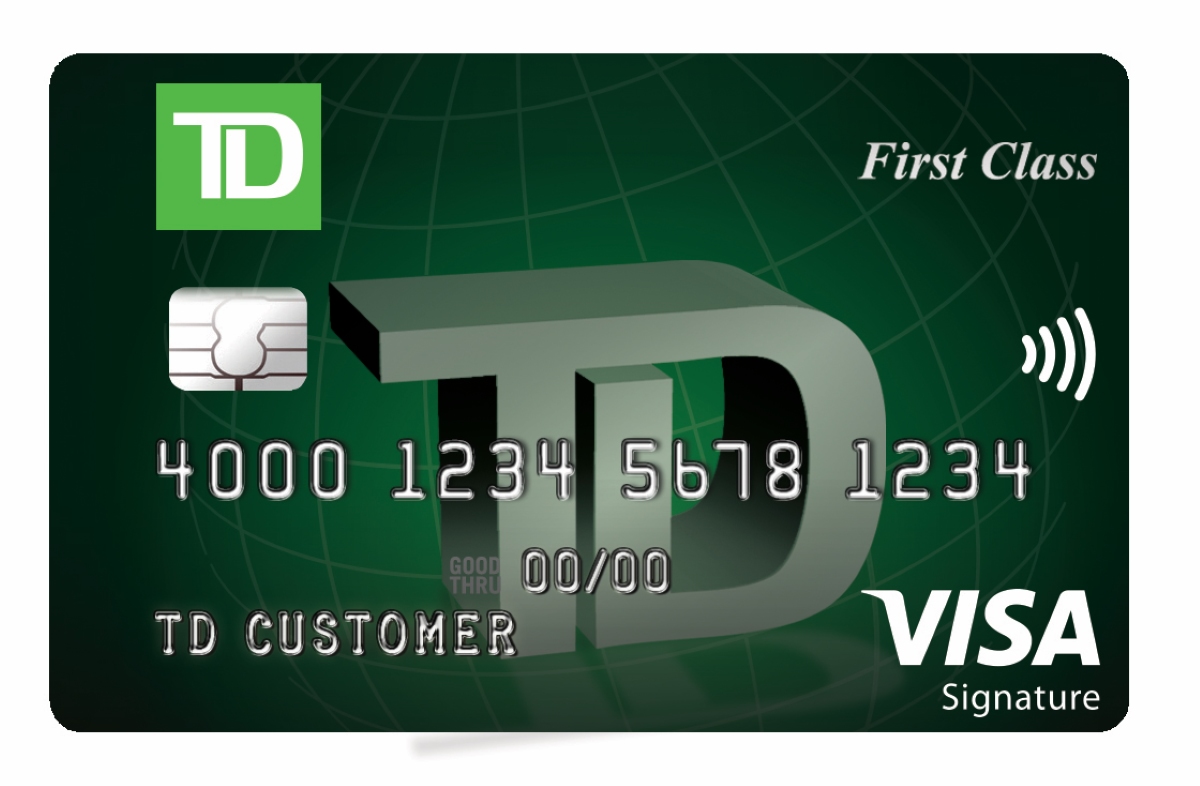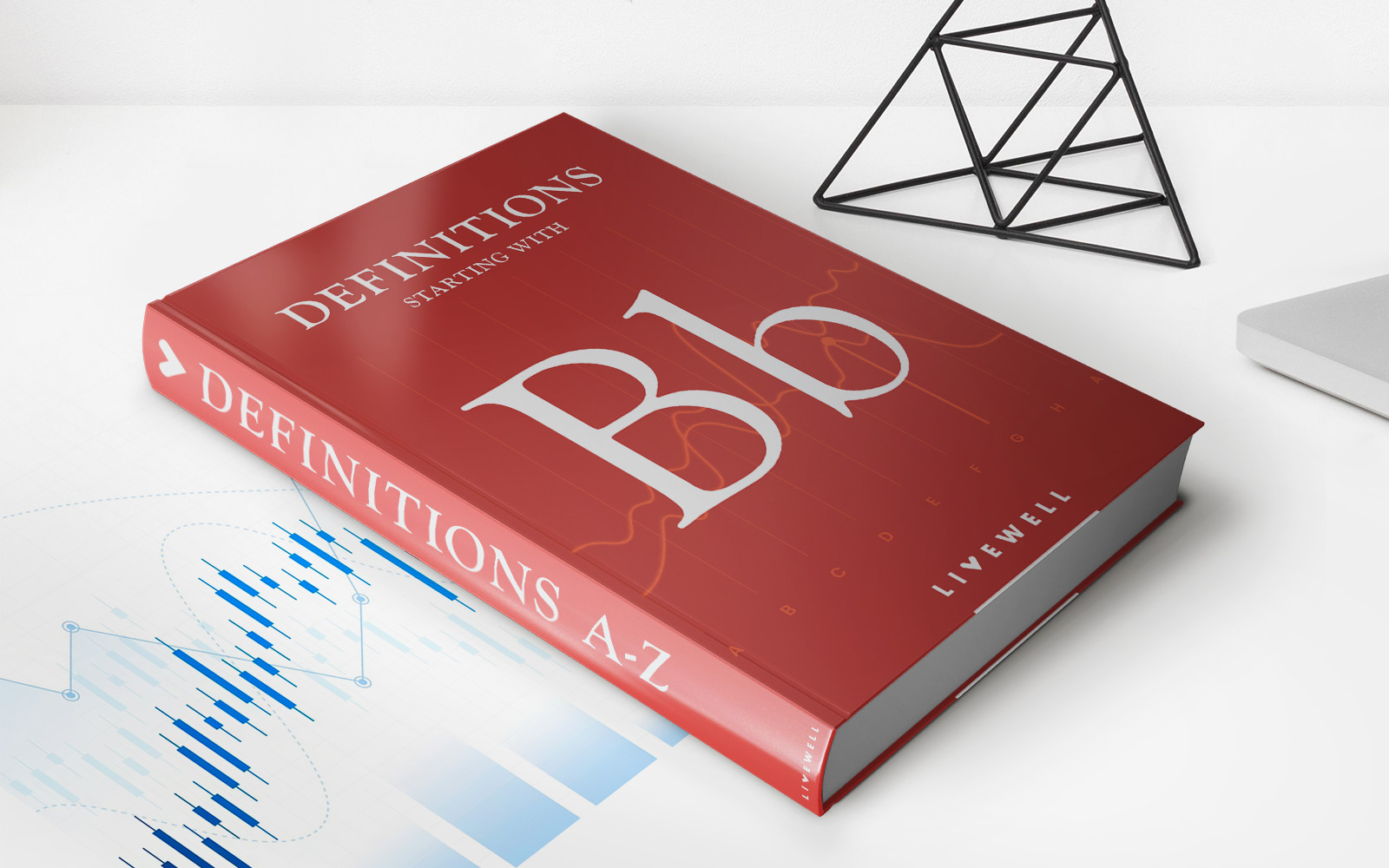

Finance
How To Find Purchases In Accounting
Published: October 13, 2023
Learn how to find purchases in accounting and manage your finances effectively. Gain insight into important finance strategies and improve your financial management skills.
(Many of the links in this article redirect to a specific reviewed product. Your purchase of these products through affiliate links helps to generate commission for LiveWell, at no extra cost. Learn more)
Table of Contents
Introduction
In the world of accounting, accurate and efficient tracking of purchases is essential. Purchases form a crucial part of any business, as they reflect the expenses incurred in acquiring goods or services for the company’s operations. For businesses of all sizes, whether it’s a small startup or a large corporation, keeping track of purchases is vital for financial management, inventory control, and tax compliance.
Tracking purchases in accounting involves recording and categorizing all transactions related to the acquisition of goods or services. This includes invoices, purchase orders, payment receipts, and other supporting documentation. By meticulously documenting purchases, companies gain valuable insights into their spending patterns, vendor relationships, and inventory management.
Accurate purchase tracking enables businesses to monitor their expenses, identify cost-saving opportunities, and maintain proper financial records. It allows for better budgeting and forecasting, ensuring that the company’s financial resources are allocated efficiently. Additionally, tracking purchases is crucial for tax purposes, as it helps companies accurately calculate their tax liabilities and claim appropriate deductions.
However, finding purchases in accounting can sometimes be challenging, especially for businesses managing a high volume of transactions. With numerous invoices, receipts, and purchase orders to process, it’s essential to have systematic methods in place to streamline the purchase tracking process.
In this article, we will explore various methods that businesses can employ to find purchases in accounting. We will discuss the importance of each method and highlight how technology, such as accounting software, can simplify and automate the purchase tracking process. Whether you are a business owner, accountant, or finance professional, this article will provide you with valuable insights to help you effectively track and manage purchases in accounting.
Importance of Tracking Purchases in Accounting
Tracking purchases in accounting is of utmost importance for businesses, regardless of their size or industry. Here are several key reasons why accurate purchase tracking is crucial:
- Expense Monitoring: By diligently tracking purchases, businesses can monitor their expenses and gain a clear understanding of how much is being spent on various categories, such as raw materials, office supplies, or equipment. This helps in identifying areas where costs can be reduced or optimized.
- Vendor Management: Proper purchase tracking enables businesses to evaluate their relationships with vendors and suppliers. It allows them to assess factors such as price competitiveness, product quality, and delivery reliability. By analyzing this information, businesses can determine which vendors are providing the best value and make informed decisions about future purchases.
- Inventory Control: Tracking purchases plays a crucial role in effective inventory management. It ensures that the company has accurate records of the items it owns and the quantities on hand. This information helps in preventing stockouts, minimizing carrying costs, and optimizing inventory levels to meet customer demands.
- Financial Reporting: Accurate purchase tracking is essential for preparing financial statements, such as the income statement and balance sheet. It provides the necessary data to calculate the cost of goods sold (COGS) and determine the business’s profitability. Additionally, it ensures compliance with accounting standards and facilitates audits or financial assessments.
- Tax Compliance: Tracking purchases is fundamental for fulfilling tax obligations. It allows businesses to accurately calculate their tax liabilities, claim eligible deductions, and provide supporting documentation to tax authorities. Failure to track purchases properly can lead to incorrect tax reporting, potential penalties, and even legal issues.
Overall, tracking purchases in accounting provides businesses with valuable insights into their financial performance, resource allocation, vendor relationships, and regulatory compliance. It enables informed decision-making, cost control, and strategic planning for sustainable growth.
In the following sections, we will explore various methods that businesses can utilize to find purchases in accounting and streamline the purchase tracking process.
Methods for Finding Purchases in Accounting
When it comes to finding purchases in accounting, businesses can employ various methods to ensure accurate and efficient tracking. Here are five common methods:
- Reviewing Purchase Invoices: Purchase invoices are an essential source of information for tracking purchases. They provide details such as the vendor, amount, date of purchase, and description of the goods or services acquired. By systematically reviewing and recording purchase invoices, businesses can accurately track their expenses and maintain a record of each transaction.
- Analyzing Purchase Orders: Purchase orders serve as a formal request to a vendor or supplier, outlining the quantity, price, and terms of the items or services requested. By analyzing purchase orders, businesses can track the purchases they have made or are planning to make. This method helps in reconciling anticipated purchases with actual deliveries and ensures proper documentation of each purchase.
- Examining Receipts and Purchase Documents: Examining receipts and purchase documents is another effective method for finding purchases in accounting. These documents provide evidence of a transaction, including the payment made, date of purchase, and the items or services acquired. By cross-referencing receipts with purchase invoices or purchase orders, businesses can ensure that all purchases are properly recorded and accounted for.
- Using Accounting Software for Purchase Tracking: Modern accounting software solutions offer robust features for purchase tracking. These software packages allow businesses to create and manage purchase orders, record and reconcile purchase invoices, and track expenses in real-time. With customizable categories and reporting capabilities, accounting software simplifies the process of finding and analyzing purchases, providing businesses with accurate and up-to-date financial information.
- Consultation with Vendors and Suppliers: In certain cases, consulting with vendors and suppliers directly can help in finding purchases. By reaching out to them, businesses can verify purchase details, request missing invoices or receipts, and resolve any discrepancies. Clear communication with vendors and suppliers ensures that all purchases are properly documented and aligned with the company’s accounting records.
It is important to note that businesses can use a combination of these methods based on their specific needs and the volume of purchases they handle. Moreover, leveraging technology and automation, such as accounting software, can significantly streamline the purchase tracking process and minimize the margin for error or oversight.
In the next section, we will discuss the benefits of using accounting software for purchase tracking and explore some popular software options available in the market.
Reviewing Purchase Invoices
One of the primary methods for finding purchases in accounting is through the review of purchase invoices. Purchase invoices are the official documents provided by vendors or suppliers that detail the goods or services acquired, the quantity, price, and any applicable taxes or discounts. By diligently reviewing and recording purchase invoices, businesses can ensure accurate tracking of their purchases. Here’s how the process works:
1. Receiving and organizing invoices: Upon receiving purchase invoices, businesses should organize them in a systematic manner, either physically or digitally. This ensures that invoices are not misplaced or lost and can be easily accessed for future reference or auditing purposes.
2. Matching invoices with purchase orders: It is important to cross-reference the purchase invoice with the corresponding purchase order, if one exists. This helps ensure that the items or services listed on the invoice align with the ones requested in the purchase order.
3. Verifying invoice accuracy: Care should be taken to verify the accuracy of the invoice details, such as the vendor’s name and contact information, the purchase date, the quantity and price of the items, and any applicable taxes or discounts. Any discrepancies or errors should be addressed with the vendor for clarification or correction.
4. Recording invoice information: Once the invoice details have been verified, businesses should record the information in their accounting system or ledger. This includes entering the vendor details, invoice number, invoice date, description of the purchased items or services, and the total amount due.
5. Reconciling invoices with payments: Lastly, businesses should reconcile the purchase invoices with the corresponding payment made to the vendor. This ensures that all invoices have been properly accounted for and helps maintain accurate financial records.
By diligently reviewing purchase invoices, businesses can ensure that all purchases are properly recorded and accounted for. This method provides a solid foundation for accurate financial reporting, expense monitoring, and vendor management.
In the next section, we will explore the method of analyzing purchase orders for effective purchase tracking.
Analyzing Purchase Orders
Another effective method for finding purchases in accounting is through the analysis of purchase orders. A purchase order is a document generated by a buyer to formally request goods or services from a vendor or supplier. By analyzing purchase orders, businesses can track their planned and executed purchases. Here’s how the process works:
1. Create and track purchase orders: Businesses should have a system in place to create and track purchase orders. This can be done manually using standard purchase order forms or through an automated purchase order system in accounting software. Each purchase order should include details such as the vendor’s name, description of the items or services, quantity, price, payment terms, and delivery date.
2. Match purchase orders with invoices and receipts: Once a purchase order is issued, it serves as a reference point for subsequent steps in the purchase process. As invoices and receipts are received, they should be matched with the corresponding purchase order to ensure that the items or services delivered align with what was requested. This helps in maintaining accurate purchase records and resolving any discrepancies.
3. Track status and delivery of purchase orders: Businesses should monitor the status and delivery of each purchase order to ensure that the goods or services are received as expected. This can be done through communication with the vendor or by using tracking mechanisms provided by shipping companies. Tracking orders allow businesses to anticipate and plan for any delays or issues in the delivery process.
4. Reconcile purchase orders with invoices: To ensure accuracy and completeness, businesses should reconcile the purchase orders with the corresponding invoices received from the vendors. This helps in validating that all purchases have been properly recorded and accounted for. Any discrepancies should be resolved through communication with the vendors or suppliers.
By effectively analyzing purchase orders, businesses can maintain control over their procurement process, track the status of purchases, and ensure that all purchases are properly documented and accounted for. This method provides a comprehensive overview of planned and executed purchases, aiding in expense monitoring, inventory management, and financial reporting.
In the next section, we will explore the method of examining receipts and purchase documents to further enhance purchase tracking in accounting.
Examining Receipts and Purchase Documents
Examining receipts and purchase documents is another effective method for finding purchases in accounting. These documents provide tangible evidence of a transaction and can serve as vital supporting documentation for purchase tracking. Here’s how this method can be implemented:
1. Collect and organize receipts: Businesses should collect and organize all receipts related to purchases made. This includes receipts received physically as well as digital receipts. Proper organization ensures that receipts are easily accessible and can be matched with the corresponding purchase documents.
2. Verify receipt details: When examining receipts, it is important to verify the accuracy of the information recorded. This includes checking the vendor’s name, date of purchase, description of the items or services purchased, and the total amount paid. Any discrepancies or errors should be addressed and resolved promptly.
3. Cross-reference with other purchase documents: Receipts should be cross-referenced with other purchase documents such as purchase invoices, purchase orders, and payment records. This helps ensure that all relevant documentation aligns and provides a complete picture of the purchases made.
4. Record receipt information: Once the receipt details have been verified, businesses should record the information in their accounting system or ledger. This includes entering the vendor details, receipt number, date, description, and the amount paid. Recording this information ensures accurate and up-to-date records of the purchases made.
5. Maintain a documentation trail: It is essential to maintain a documented trail of receipts and purchase documents for future reference and auditing purposes. This includes storing receipts digitally or physically in an organized manner, making it easier to retrieve information when needed.
By examining receipts and purchase documents, businesses can ensure that all purchases are properly recorded and accounted for. This method enhances the accuracy and completeness of the purchase tracking process, providing businesses with a comprehensive view of their expenses and supporting documentation for financial reporting and compliance.
In the next section, we will explore the benefits of using accounting software for purchase tracking and discuss some popular software options available in the market.
Using Accounting Software for Purchase Tracking
In today’s digital age, accounting software has become a valuable tool for businesses to streamline and automate various accounting processes, including purchase tracking. Accounting software offers several advantages in efficiently managing and tracking purchases. Here’s how businesses can leverage accounting software for effective purchase tracking:
1. Automated purchase order creation: Accounting software allows businesses to generate purchase orders electronically, eliminating the need for manual paperwork. This not only saves time but also ensures accuracy in capturing purchase details and maintaining a standardized format.
2. Centralized purchase tracking: With accounting software, businesses can consolidate and centralize all purchase-related information in one place. This includes purchase orders, invoices, receipts, and payment records. This centralized system provides a holistic view of all purchases, making it easier to track, analyze, and report on them.
3. Real-time expense tracking: Accounting software enables businesses to track expenses in real-time. Every purchase made is immediately recorded and reflected in the system, giving businesses up-to-date visibility into their spending. This allows for better financial control and decision-making.
4. Automated matching of invoices and receipts: Accounting software often includes features that automate the matching of invoices or receipts with corresponding purchase orders. This eliminates the need for manual cross-referencing, reducing the possibility of errors and ensuring accurate purchase tracking.
5. Customizable categories and reporting: Accounting software offers customizable categories and reporting options, allowing businesses to categorize purchases based on their specific needs. This makes it easier to analyze expenses by different criteria such as vendor, department, or project. Customized reports provide valuable insights for budgeting, cost control, and vendor management.
6. Integration with payment systems: Many accounting software solutions integrate seamlessly with payment systems, enabling businesses to track purchases from the payment stage. This integration ensures that purchases are properly recorded and accounted for in the financial statements.
By using accounting software for purchase tracking, businesses can streamline their processes, reduce manual errors, and gain actionable insights into their purchasing activities. However, it’s important to choose a software solution that aligns with the specific needs and scale of the business.
In the next section, we will discuss the importance of consultation with vendors and suppliers in purchase tracking.
Consultation with Vendors and Suppliers
Consultation with vendors and suppliers is an important method for finding purchases in accounting. By communicating and collaborating with them, businesses can ensure accurate and complete purchase tracking. Here’s how consultation with vendors and suppliers can enhance the purchase tracking process:
1. Verification of purchase details: In some cases, businesses may encounter discrepancies or missing information related to their purchases. Consulting with vendors and suppliers allows businesses to verify the details of the purchases, such as the quantity, pricing, and delivery dates. This ensures that the accounting records align with the vendor’s documentation.
2. Request for missing invoices or receipts: Occasionally, invoices or receipts may get misplaced or not received in a timely manner. By reaching out to vendors and suppliers, businesses can request missing invoices or receipts. This ensures that all purchases are properly documented and accounted for, reducing the risk of incomplete or inaccurate records.
3. Resolution of discrepancies: In case of discrepancies between the purchase records of the business and those of the vendor or supplier, consultation can help in resolving the discrepancies. Through open communication, businesses and vendors can address any issues, clarify misunderstandings, and arrive at a mutually agreed-upon solution.
4. Vendor performance evaluation: Regular consultation with vendors and suppliers provides an opportunity for businesses to evaluate vendor performance. By discussing purchase orders, delivery schedules, and quality of goods or services received, businesses can assess the reliability of vendors. This evaluation helps in making informed decisions regarding future purchases and vendor selection.
5. Building strong vendor relationships: Consistent and open communication with vendors and suppliers fosters strong relationships. By maintaining a positive rapport with vendors, businesses can negotiate better terms, receive favorable pricing, and achieve a higher level of customer service. Building strong vendor relationships contributes to smoother purchase transactions and more accurate tracking.
Consultation with vendors and suppliers supplements the other methods of purchase tracking by providing an additional layer of validation and verification. Clear and open communication ensures that all purchases are properly documented, discrepancies are resolved promptly, and relationships with vendors are strengthened.
Now that we have explored the various methods for finding purchases in accounting, let’s summarize the key points in the concluding section.
Conclusion
Accurate and efficient tracking of purchases is essential for businesses in order to maintain financial control, optimize expenses, and comply with tax obligations. In this article, we explored five methods for finding purchases in accounting: reviewing purchase invoices, analyzing purchase orders, examining receipts and purchase documents, utilizing accounting software, and consulting with vendors and suppliers.
By diligently reviewing purchase invoices, businesses can ensure that all purchases are properly recorded and accounted for. Analyzing purchase orders provides a comprehensive overview of planned and executed purchases, aiding in expense monitoring and inventory management.
Examining receipts and purchase documents enhances the accuracy and completeness of purchase tracking, providing tangible evidence of each transaction. Utilizing accounting software streamlines the tracking process, automates data entry, and offers real-time expense tracking and customizable reporting.
Consultation with vendors and suppliers allows businesses to verify purchase details, request missing invoices or receipts, resolve discrepancies, and build strong relationships. This method provides an additional layer of validation and ensures accurate purchase tracking.
By employing these methods, businesses can effectively track and manage their purchases, gaining valuable insights into expenses, vendor relationships, inventory control, and financial reporting. Accurate purchase tracking facilitates informed decision-making, cost control, and compliance with tax obligations.
It’s important to note that businesses should choose the methods that align with their specific needs and utilize technology, such as accounting software, to streamline the process. Regular review and assessment of purchase tracking methods also allow for continuous improvement and optimization.
In conclusion, businesses that prioritize accurate purchase tracking in their accounting practices set a strong foundation for financial management, strategic planning, and sustainable growth.
